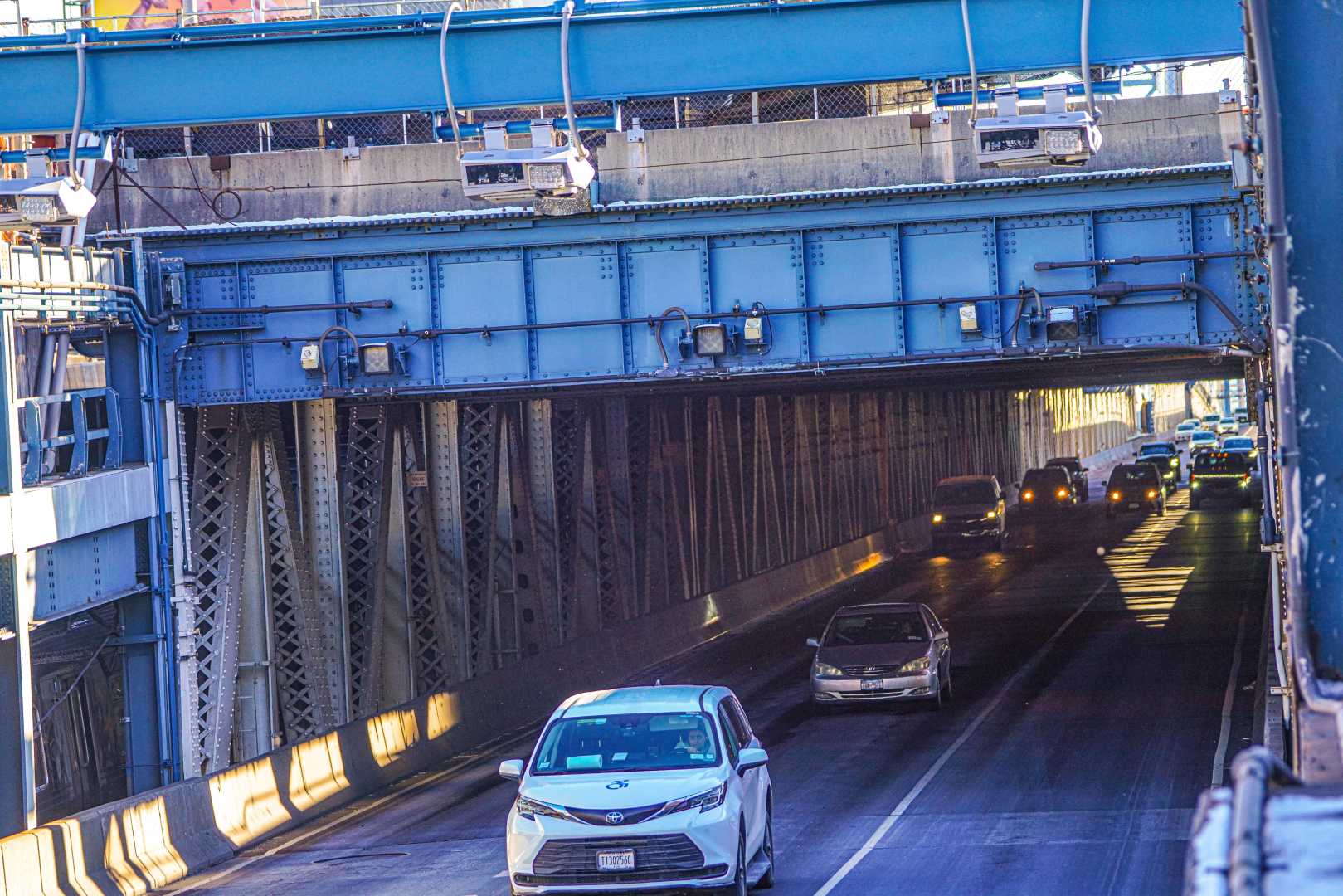News
Mixed Traffic Results Emerge as NYC Implements Congestion Pricing

NEW YORK, N.Y. — New York City‘s congestion pricing program, launched on Jan. 5, 2025, has shown mixed results in its first days, with some routes experiencing lighter traffic while others face increased congestion. The program, which charges drivers $9 to enter Manhattan‘s busiest areas south of 60th Street, aims to reduce traffic and improve air quality in the city’s most congested zones.
Preliminary data from an online traffic tracker, developed by Northeastern University student Joshua Moshes and Brown University student Benjamin Moshes under the supervision of Professor Emily Oster, reveals varying impacts across key routes. The tracker, which uses Google Maps traffic data, compares current traffic patterns to those from May through December 2024.
Traffic through the Hugh L. Carey (Brooklyn-Battery) Tunnel has worsened, with evening rush hour times nearly doubling from 12 minutes to 20 minutes. Conversely, the Ed Koch-Queensboro Bridge and Queens Midtown Tunnel have seen significant improvements, with some commutes cut in half. New Jersey crossings, including the Holland and Lincoln Tunnels, have also experienced faster travel times.
Jeannette Stan, a Staten Island resident, noted increased backups on the FDR Drive and near the Hugh L. Carey Tunnel. ‘I saw more backup heading to the tunnel coming from Brooklyn and on the FDR Drive exit to 61st Street,’ she said. Meanwhile, Filippa Grisafi, an express bus commuter, confirmed the tracker’s findings, stating that traffic delays now begin closer to the tunnel entrance.
Despite these challenges, some drivers report shorter commutes. Mario Crescnezo, who drives from Staten Island to Long Island City, said his trip time decreased from 1 hour and 34 minutes to 1 hour and 18 minutes. However, he attributed part of the delay to ongoing construction on the Brooklyn-Queens Expressway.
NYPD enforcement has also ramped up, with over 100 summonses issued in a six-hour period on Jan. 9 for violations such as obstructed license plates and suspended registrations. Staten Island artist Scott LoBaido was among those ticketed after staging a protest against the program, covering his license plates and shouting obscenities at toll cameras.
As the city continues to monitor the program’s impact, officials emphasize that congestion pricing is a long-term strategy. ‘No matter what, if trucks and livery cars continue to double park in the congestion zone, we will continue to have heavy traffic in Lower Manhattan,’ said New Yorker Charlie Aiosa.












